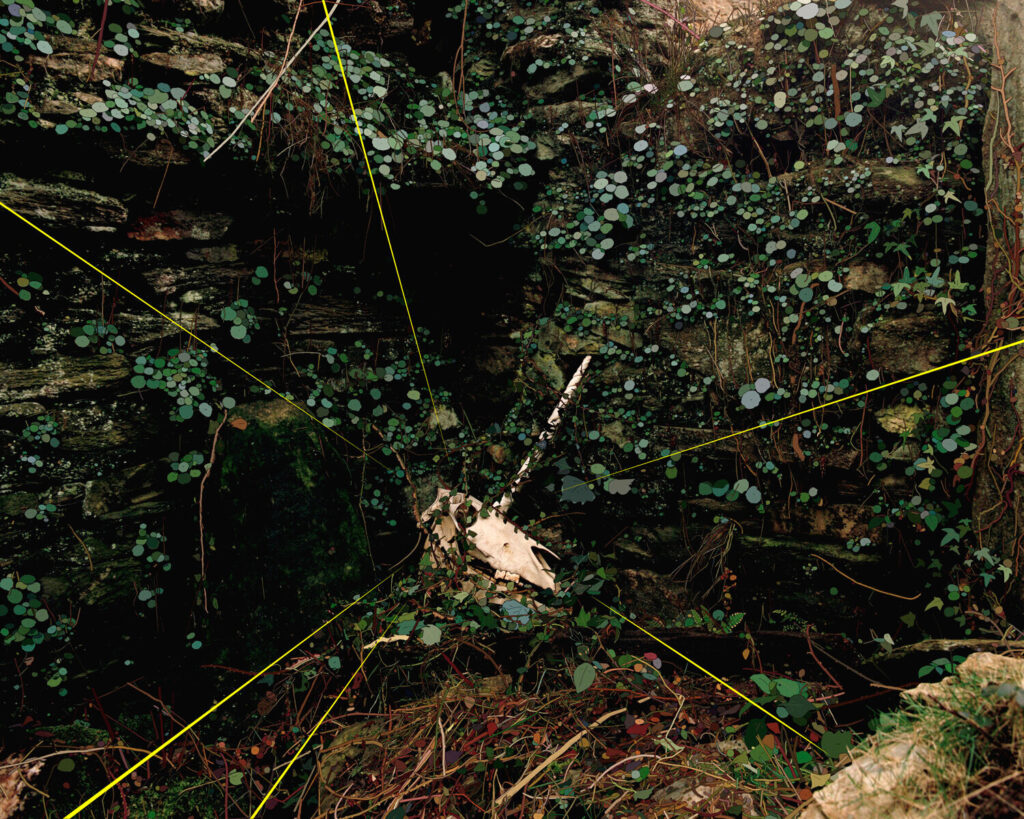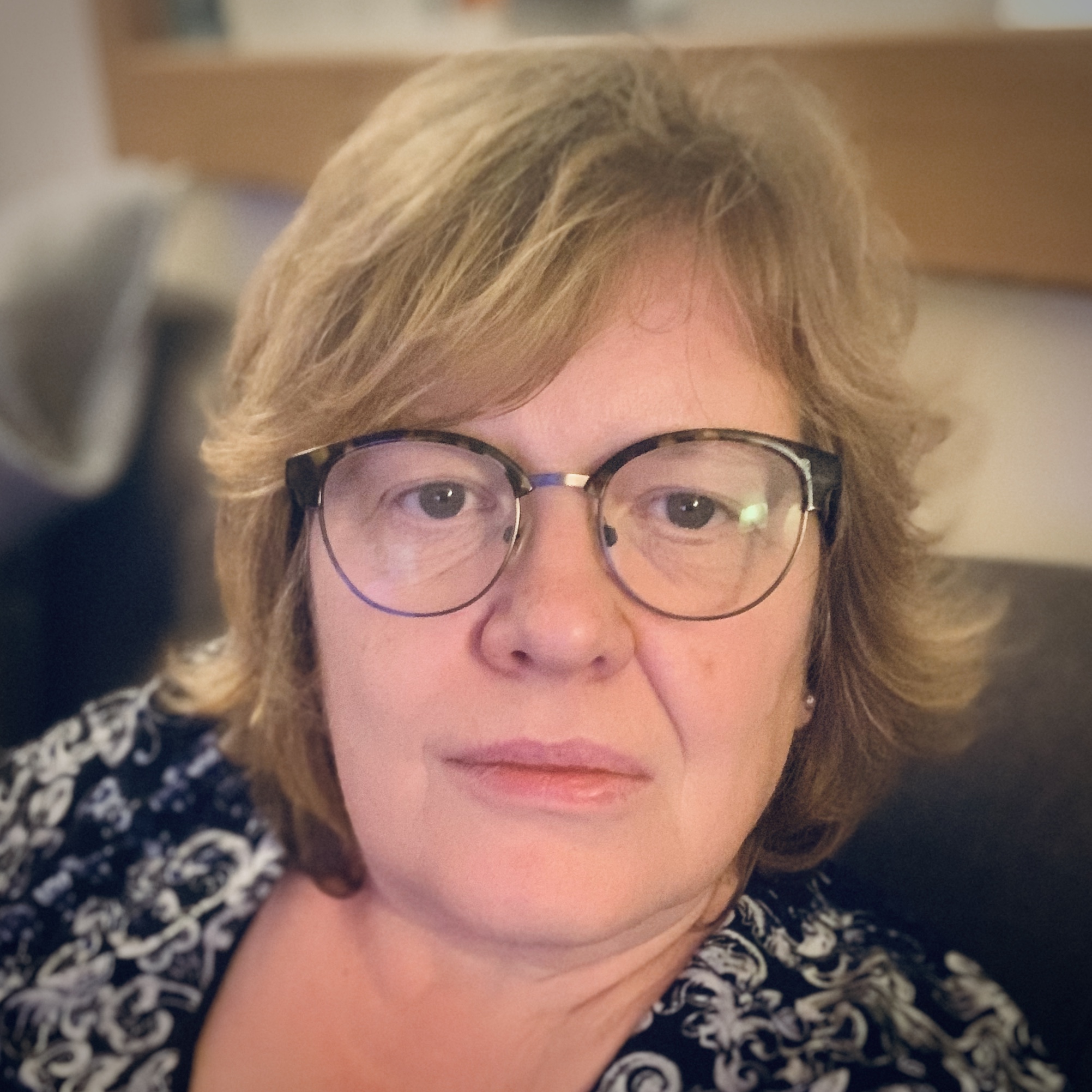Having read Sharon Boothroyd’s piece in Photoparley about David Favrod, I went on to look at his website: www.davidfavrod.com. Favrod works in a variety of mediums, including photography, drawing, videos and installations.
I really liked the images he produced in both series; Hikari and Gaijin – both a very personal to him. One exploring his own duel identity and the feelings of rejection when one of those identities can’t be formally identified. The second drawing on a single conversation with this grandparents about them memories of WWII.
He says in his interview with Boothroyd that he before he makes an image, he writes down what he wants to show and to say and makes sketches of the proposed images. He says this help him decide with he has the right balance of images in his series. Interestingly, though, he says that when showing the images he doesn’t give the viewers a lot of text, because he his keen that the viewer brings their own experiences to the image.
There two aspects to this I find interesting:
It is brave to display your image without any context and allow it be understood only by the viewer’s experience.
Equally however, reading about the photographer and having an understanding of their background, their other works and some of what they are trying to achieve, bring a greater depth to the work, which I personally like. I felt the same with Elina Brotherus’ work. At first it didn’t make much sense, but after listening to her speak and reading more about her, it made the images more understandable and interesting.
When photographs are viewed as ‘art’ I think the story behind them is more important, than if they are taken as news or documentary images. In that instance the image itself is the story

This image by Favrod, demonstrates my thoughts above, in that the title of it ‘le liseur de reves‘ (the dream reader) doesn’t really tell you anything about the image. I find it intriguing, bringing my own experience to this, I think of unicorns and fantasy, but is the discovery of a unicorn skeleton proof that they did exist? My cultural heritage means I see a horse head with a bone sticking out of it as a unicorn. Is this a dream the photographer had that they are recreating? What do the radial lines represent? could it be the passage of time or perhaps the means to tether the dream to reality. I really don’t know, but it definitely invokes my interest
In the course book, it says that photography allows Favrod to explore his identity, so if he is able to answer his own questions, does it really matter if we totally understand it?
Works Cited
Boothroyd, Sharon. “David Favrod.” Photoparley, 23 Sept. 2014, photoparley.wordpress.com/2014/09/23/david-favrod/. Accessed 9 May 2021.

